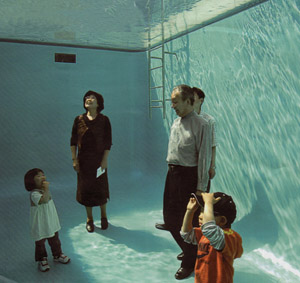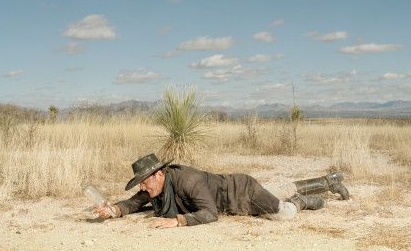
I recently heard about a place called the Body Farm. It’s a 2.5-acre research area in the Tennessee where forensic anthropologists study the decomposition of human bodies. They have 150 corpses in various circumstances and stages of decay.
We have clothed and unclothed bodies, in the sun and the shade, in water. They’re in automobiles, trunks of cars, houses. What we’ve tried to do is reconstruct as many situations in which police find skeletal remains as possible.
They use the information in order to better deal with real crime scenes. Makes sense, but what a strange (and smelly) place to work. The image above shows a couple of bodies decomposing in a cage that prevents animals from getting at them.
Wired has an interview with the founder.






















